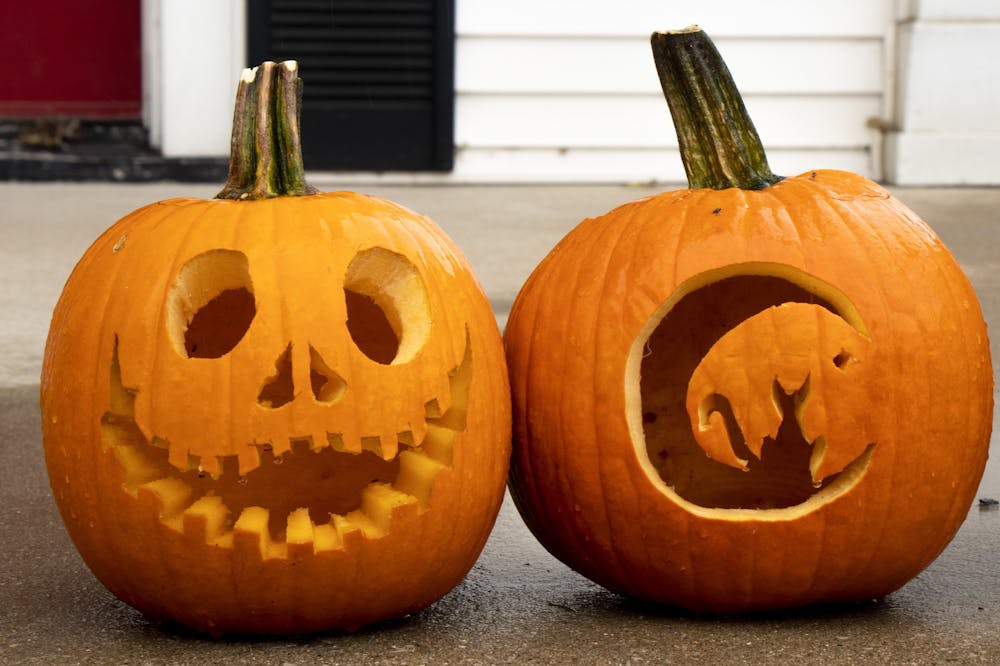Leaves covered in shades of reds, oranges and yellows twirl among the ground as the wind blows cold air through the trees. Carved jack-o-lanterns light the steps of porches and somewhere in the night, screams are heard from nearby haunted houses. It’s fall, and the spookiness of Halloween is just beginning.
But despite modern-day adaptations, the holiday hasn’t always been so dark and ominous.
IU folklorist Moira Marsh said the holiday has become more imaginative than it was when it was first celebrated. Marsh explained that at a certain point, scary things can be enjoyable, but first we have to find a balance of what is real and what is not in order for that to happen.
“If you were talking about the Pagans, they wouldn’t have found anything amusing about death — they were used to it,” Marsh said. “But for us, it’s a novelty. What the popular culture has done has taken this original thing, which is quite somber and serious, and made it into a playful game because we can’t deal with the reality of it. It’s an entertainment that keeps pushing the envelope.”
The Catholic holiday first began with All Saints’ Day on Nov. 1 in which the Catholics commemorated all martyrs in the church, and Nov. 2, All Souls’ Day, was devoted to those in purgatory. There were large feasts and get-togethers and despite the religious aspect, there were still secular features.
Marsh also said another origin of the holiday came from the first day of winter in Ireland, referred to as Samhain. Pagans would bring in their crops and move inside from the cold during this harvest festival. As the season transitioned, it is believed weird things can happen because the supernatural world is closer. Aspects of these two interpretations of the days surrounding the end of October and beginning of November began to mush together into a Halloween that seems more familiar to the modern world.
The Catholic Halloween was brought to America by an influx of Irish immigrants. Originally, Halloween was only for teenagers and adults. Instead of children, it was the adults who went to trick-or-treat as they made house visits to perform plays or beg for small treats or other items.
A large part of the holiday was trickery: stuffing the chimney so the smoke billowed through the house, throwing things at windows to make homeowners jump and vandalizing were some of the pranks played.
In the 1930s, America began to restrict the holiday in order to channel the mischief associated with Halloween. This is when children began to trick-or-treat in costume because adults were able to control them. Haunted houses and other frightening traditions our society associates with the holiday first came into view as entertainment.
“Halloween is one of the genuinely folk festivals that we have today that is left,” Marsh said. “It is more genuinely folk than any of the other (holidays), and by which I mean if you took the commercial aspect out, it would still go on. Everybody has a different way to participate.”






